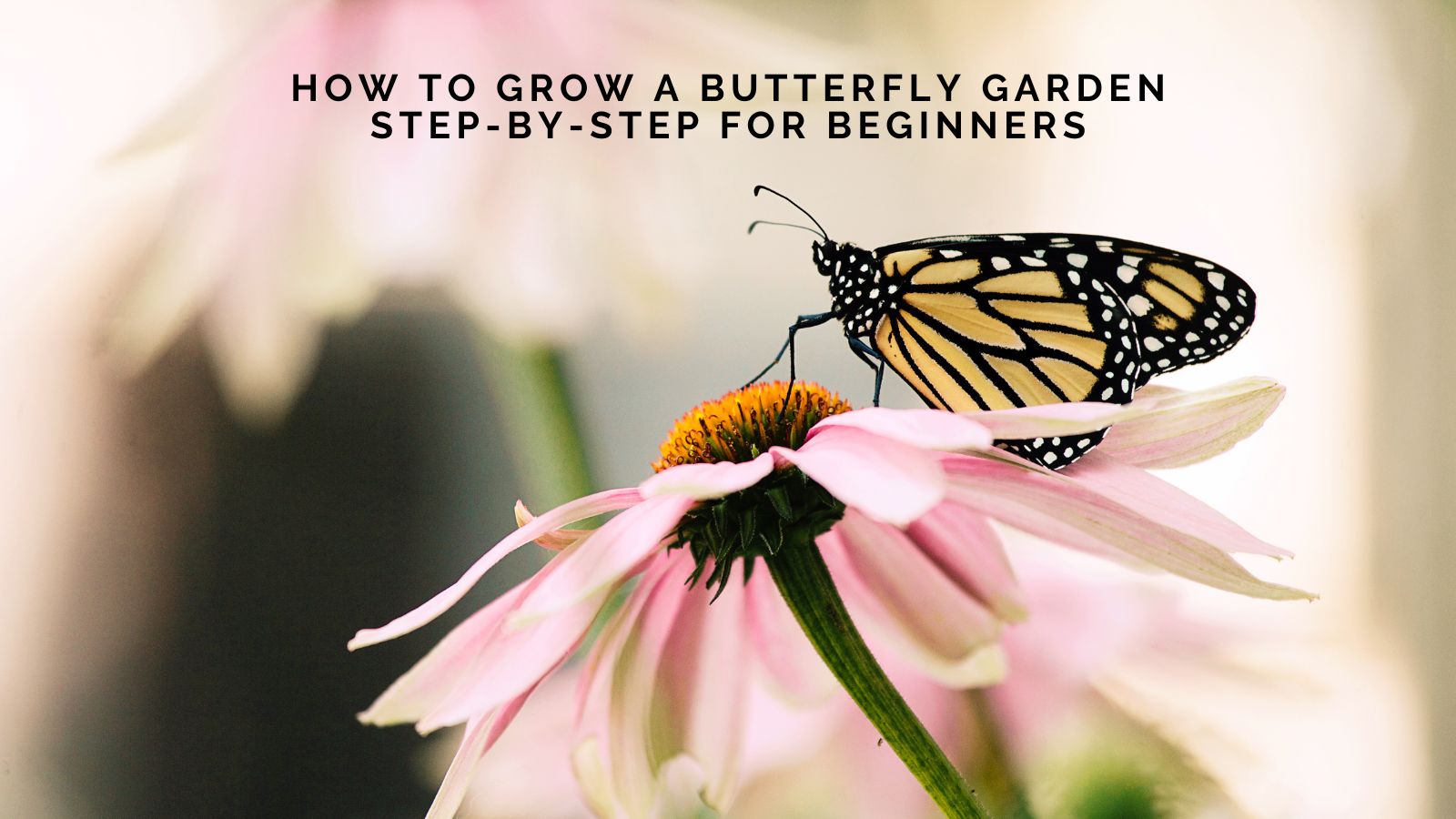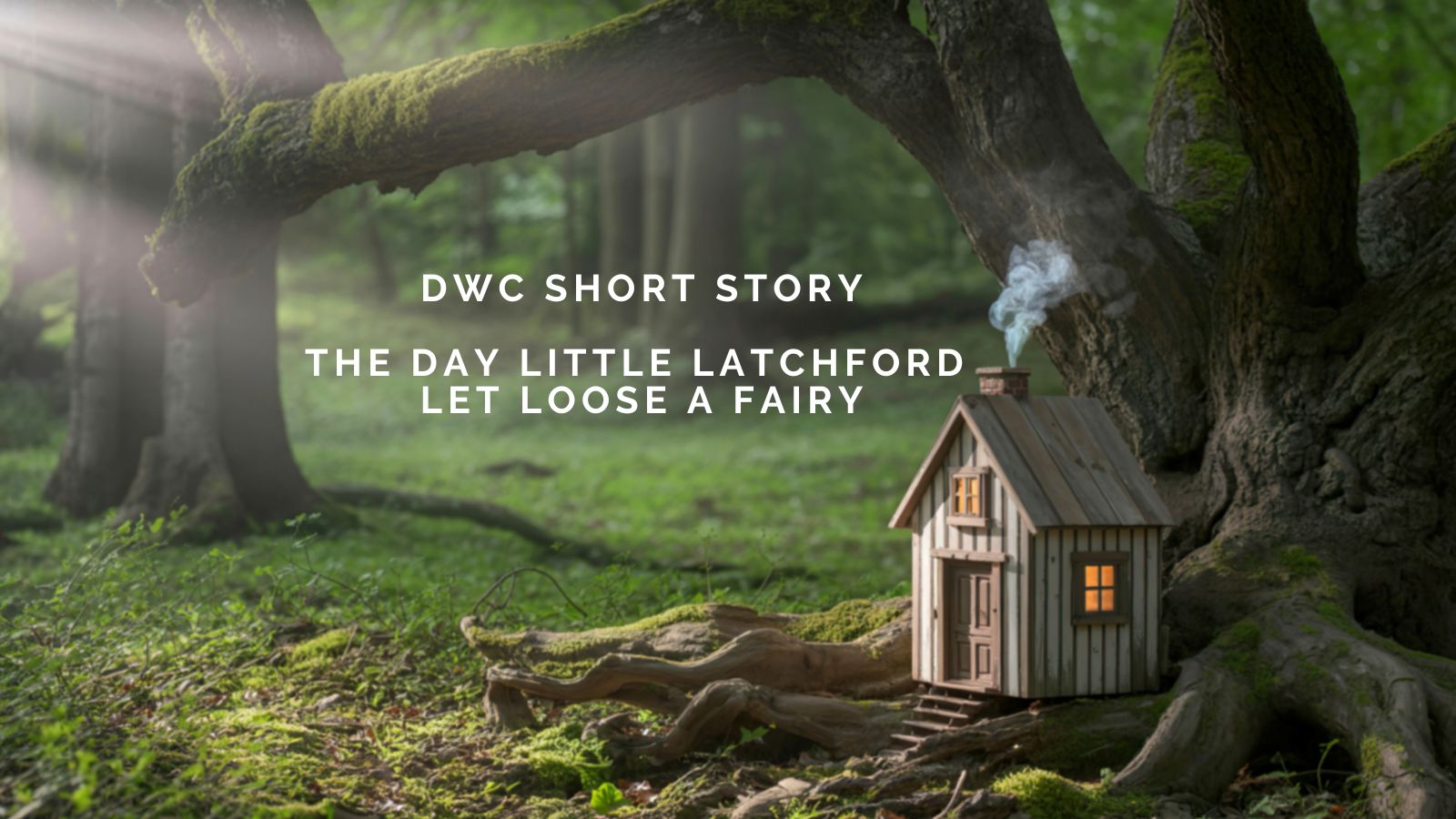
You don’t need acres, rare plants, or a magnifying glass to enjoy butterflies. You need sunshine, flowers with nectar, a few “messy” corners, and—this is the bit many people miss—food for baby butterflies (caterpillars). Here’s a straightforward guide to building a small haven that brings wings to your doorstep, why it’s good for you and the planet, and the common hiccups to dodge.
First, why bother? Butterflies are living pollinators, weather forecasters, and art installations all in one. A good butterfly garden supports local biodiversity by feeding adults and their young. It turns a dull corner into a moving, changing scene. It also slows you down. You’ll start noticing small things: when the first brimstone turns up, which plant the blues favour, why the comma appears after rain. That kind of attention has a habit of calming the mind.
The big idea: nectar + host plants + habitat
Most “butterfly gardens” fail because they feed only the adults. Nectar plants keep butterflies visiting; host plants keep them staying to lay eggs. Add sun, shelter, and a shallow drink, and you’re set.
Choose the sunniest place you have. Butterflies are solar powered. Aim for six hours of direct light if possible. Shelter from strong wind helps, so use a fence, hedge, or tall planting to break the breeze. If you only have a balcony, pick the brightest wall and cluster pots together to make a warm pocket.
What to plant (and when it blooms)
Think like a café owner: open early, don’t run out, close late. You want nectar from spring to autumn. Mix heights so butterflies can feed at different levels, and pack plants in groups so they can find them easily.
Good general nectar plants include buddleia (butterfly bush), verbena bonariensis, scabious, echinacea, sedum (stonecrop), marjoram/oregano, thyme, lavender, hebe, single-flowered dahlias, cornflowers, cosmos, zinnias, ivy (for late flowers), and even brambles if you’ve space. In warm climates, add lantana, pentas, cosmos sulphureus, and melampodium.
Host plants vary with region, so go native where you can. As a guide:
Nettles feed many nymphalids (peacock, small tortoiseshell).
Bird’s-foot trefoil feeds common blues.
Garlic mustard and hedge mustard feed orange-tips.
Buckthorn feeds brimstones.
Nasturtiums and brassicas feed whites.
Holly and ivy feed holly blues.
In tropical areas, citrus, cassia/senna, passiflora (passion vines), and aristolochia are common hosts.
If you’re unsure, look up “butterflies of [your area] host plants,” then plug at least two into your plan. No host plants, no caterpillars.
Butterflies don’t need posh soil; the flowers do. Improve the bed with compost so it drains well but holds moisture. Avoid heavy feeding once established—too much fertiliser makes lush leaves and fewer blooms. Plant in threes and fives for impact. Leave a little bare ground between clumps; it warms fast and gives basking spots.
Butterflies sip minerals from damp edges. Fill a shallow dish with sand or small stones, keep it wet, and top up now and then. A birdbath nearby is a bonus for everyone.
Flat stones or a brick placed where morning sun hits will be used for basking. A small, loose hedge or a clump of ornamental grass gives cover during gusty spells. Dead stems left over winter house beneficial insects and provide perches. Tidy in spring, not autumn.
A simple planting plan for a 1m × 3m bed
Front edge: thyme and marjoram for a long nectar run, plus a strip of bird’s-foot trefoil for the blues.
Middle: verbena bonariensis dotted through, scabious and echinacea in blocks.
Back: a compact buddleia (or hebe where buddleia is restricted) and one host shrub such as buckthorn or citrus (climate depending).
Fill gaps with cosmos or single dahlias for summer and sedum for late nectar. Slot a shallow tray of wet sand in the sunniest corner.
Use a large pot for a host plant (nasturtiums, parsley, or citrus), a trough for thyme and marjoram, and a tall pot for verbena bonariensis. Group them tight against a warm wall. Add a saucer for puddling.
Skip pesticides. Even “organic” sprays can hit caterpillars and larvae. If aphids arrive, first try a blast of water or let ladybirds and hoverfly larvae handle it. Water deeply, less often. Deadhead to keep nectar coming, but leave some seed heads for birds. Cut back hard in spring after the last frosts, not before, so overwintering creatures keep their shelter.
What can go wrong (and how to fix it)
No caterpillars, ever. You’ve planted a nectar buffet without a nursery. Add at least two host plants specific to local species. If you already have them, stop spraying and be patient; it can take a season for butterflies to find new resources.
Plenty of flowers, few butterflies. Check sun and wind. Too much shade or a wind tunnel keeps butterflies away. Open up the canopy, move pots into the light, and add a windbreak. Also check your bloom calendar—gaps in early spring or late autumn can make the garden feel empty. Plug with wallflower, alyssum, scabious, sedum, or ivy.
Leaves look shredded. Good news: something laid eggs. Caterpillars eat leaves. That’s the point. Resist the urge to “save” the plant. Most hosts bounce back, and you get butterflies. If one plant is getting hammered, add more of the same so the load spreads.
Birds and wasps eating caterpillars. That’s nature doing its thing. Increase host plant numbers to outpace losses, and add a bit more cover—grasses, small shrubs, or a loose brush pile. Avoid sticky traps; they harm beneficial insects and even small birds.
Plants grow but don’t flower well. Too much nitrogen or too little light. Ease up on feed, switch to a balanced or low-nitrogen fertiliser if you must, and give them more sun.
Everything wilts in summer. Shallow watering builds shallow roots. Water deeply, mulch with compost or leaf mould, and consider drought-tolerant nectar plants like verbena, lavender, and sedum. In hotter climates, morning watering helps plants cope through the day.
Buddleia gone wild. In some places buddleia self-seeds too freely. Deadhead before it sets seed or choose sterile/compact varieties. If it’s restricted where you live, swap for hebe, scabious, or verbena.
Too tidy, not many visitors. Over-tidying removes eggs, chrysalises, and shelter. Leave some hollow stems, a patch of nettles in a back corner, and a bit of leaf litter under a hedge. Think “managed mess.”
Early spring: prune last year’s growth, add compost mulch, and check you’ve got early nectar (wallflower, primrose, hellebore, flowering herbs).
Summer: keep deadheading, water deeply, and top up the puddling dish.
Late summer to autumn: lean on sedum, hebe, cosmos, ivy flowers for late feeds.
Winter: do less. Let stems stand. Make notes on gaps to fill next year.
It’s tempting to bring caterpillars indoors. Better to grow more host plants and let nature handle it. Wild-reared butterflies are more resilient, and your plants will feed the wider web of life.
Start small and learn by watching. Plant a couple of nectar favourites, add two host plants, set a shallow water dish, and give the space sun and shelter. You’ll get the first visits, then the eggs, then the quiet thrill of spotting a chrysalis you didn’t know was there. That’s when you’ll realise the garden isn’t just growing butterflies; it’s growing you into a keener observer with muddy knees and a grin.






-2.jpg)



